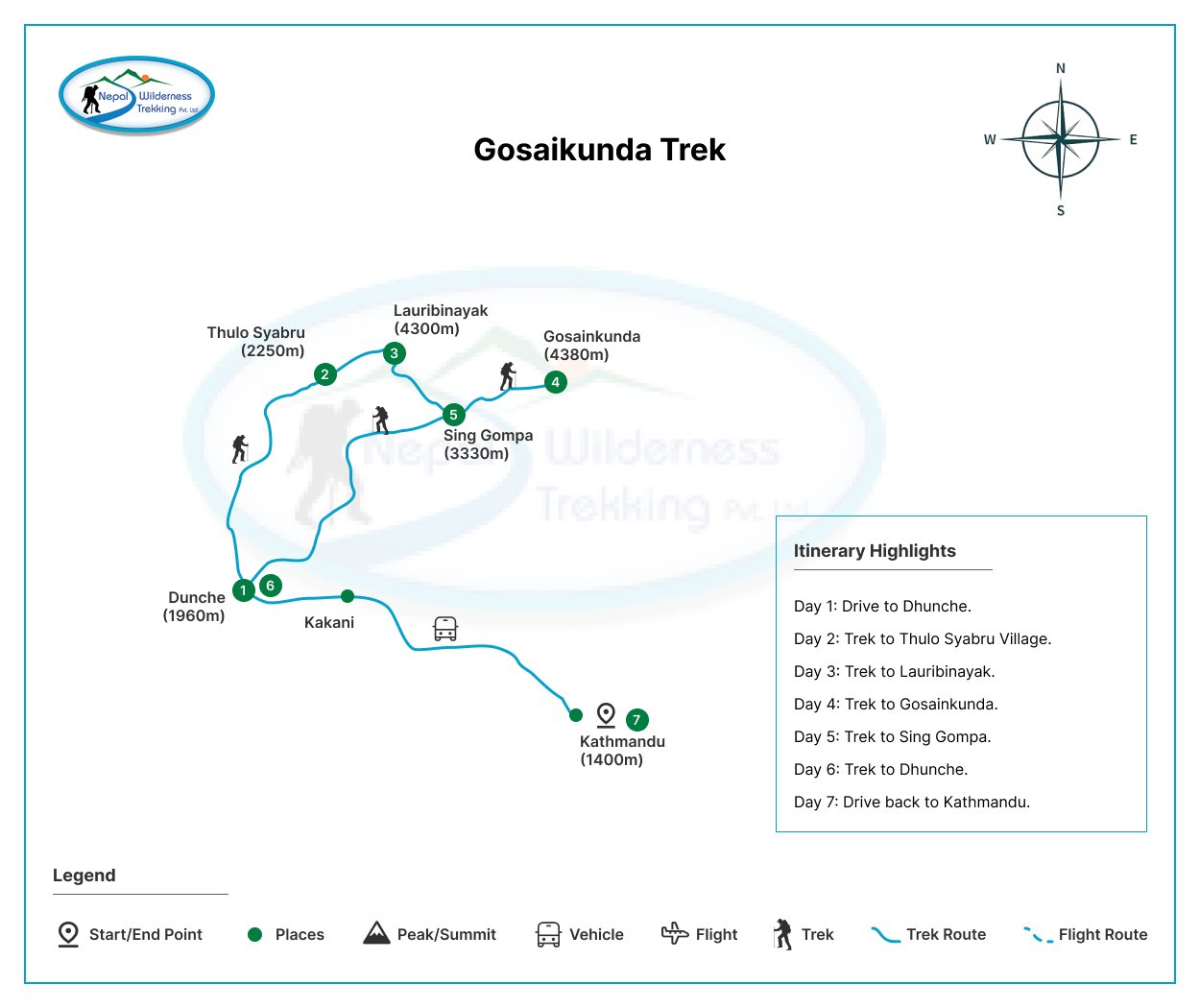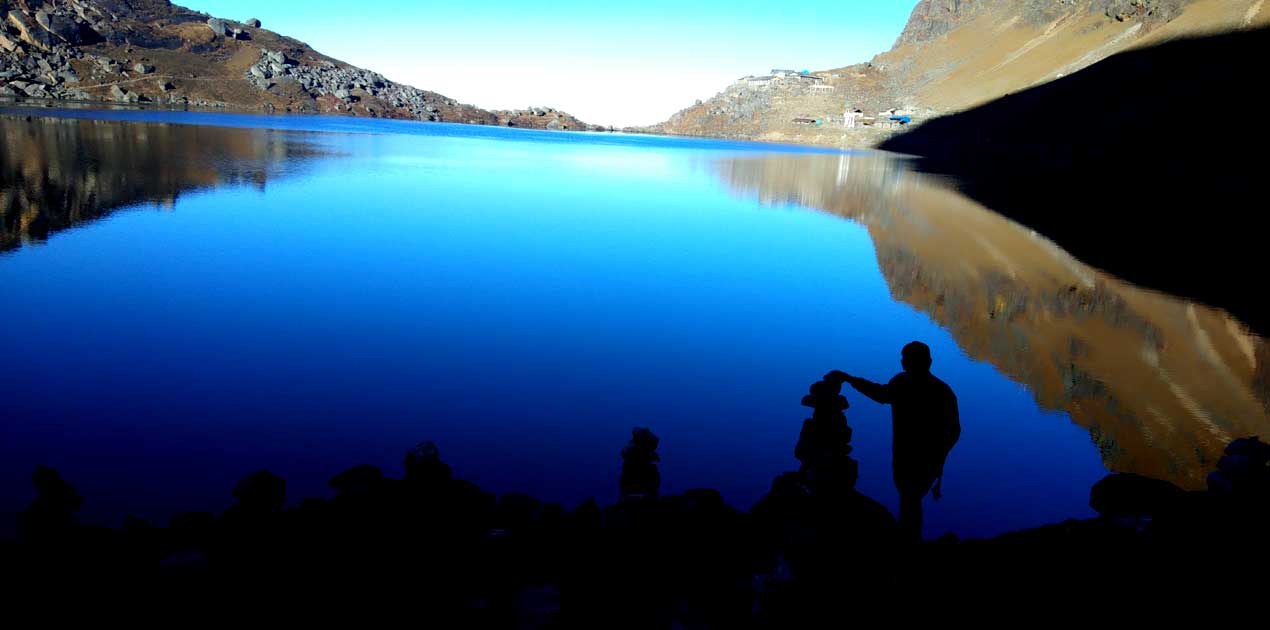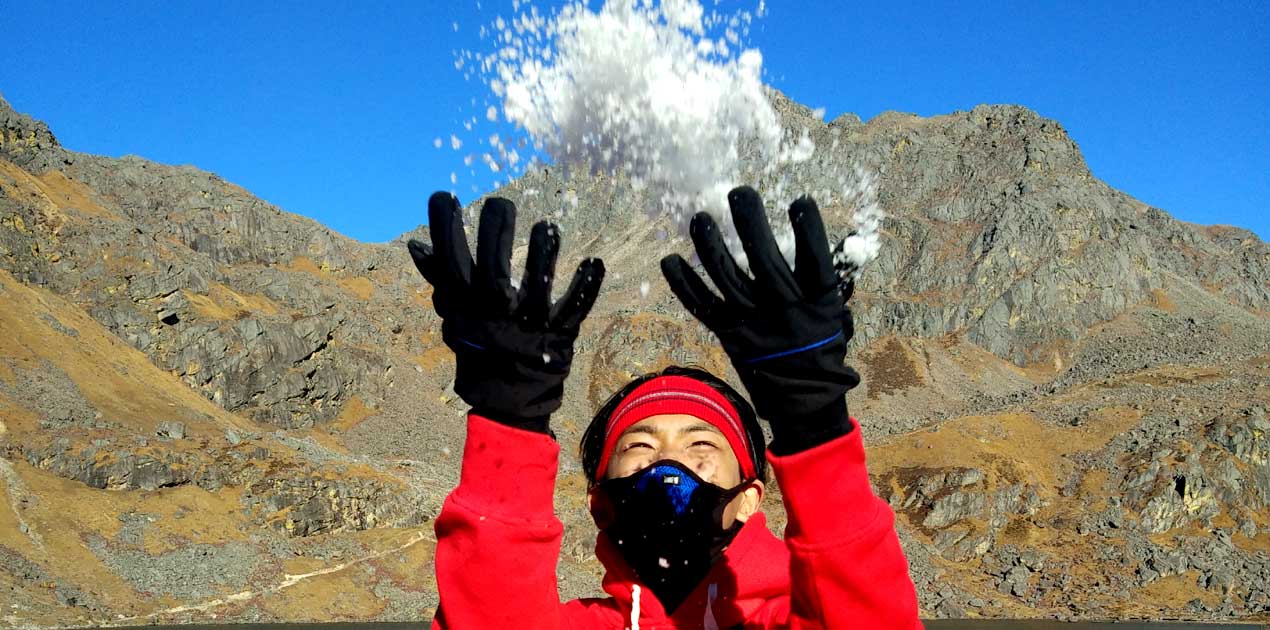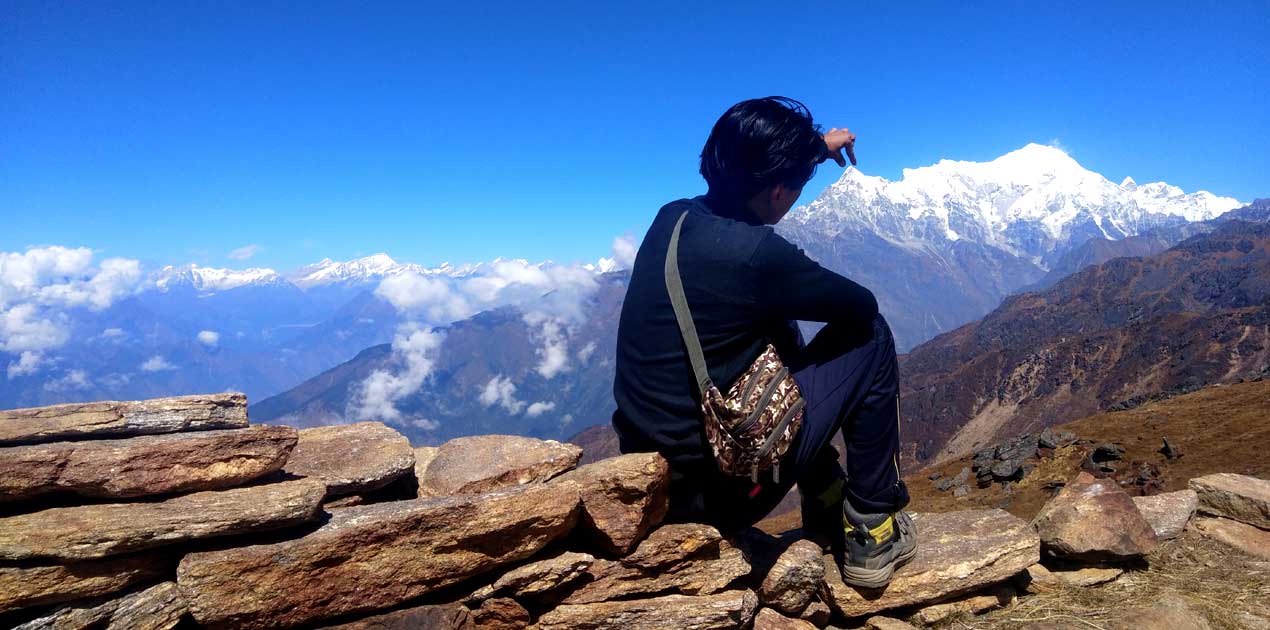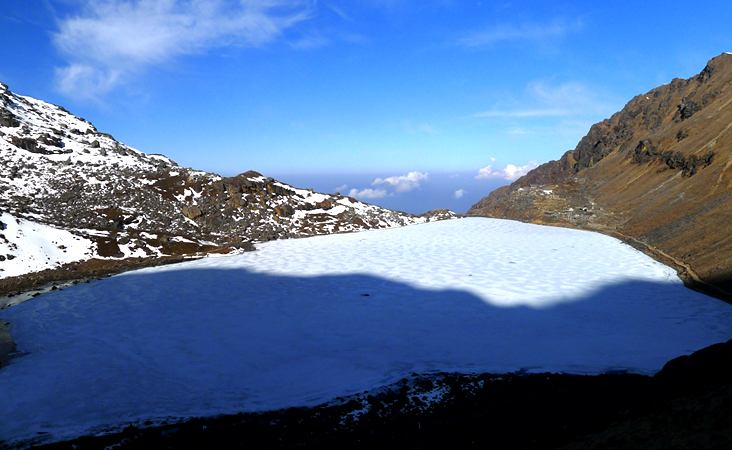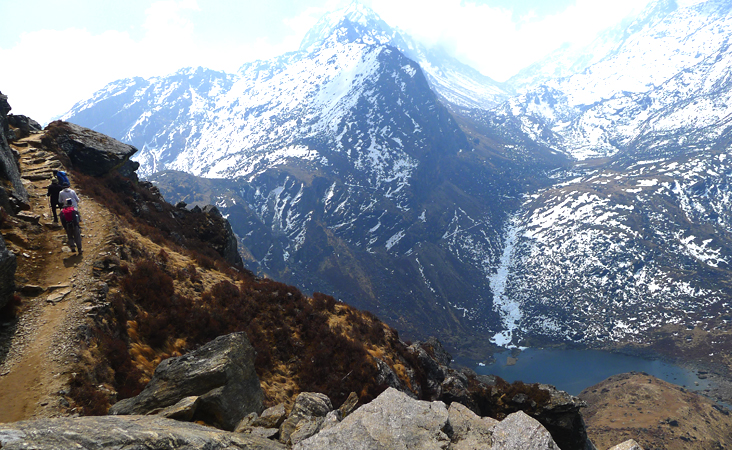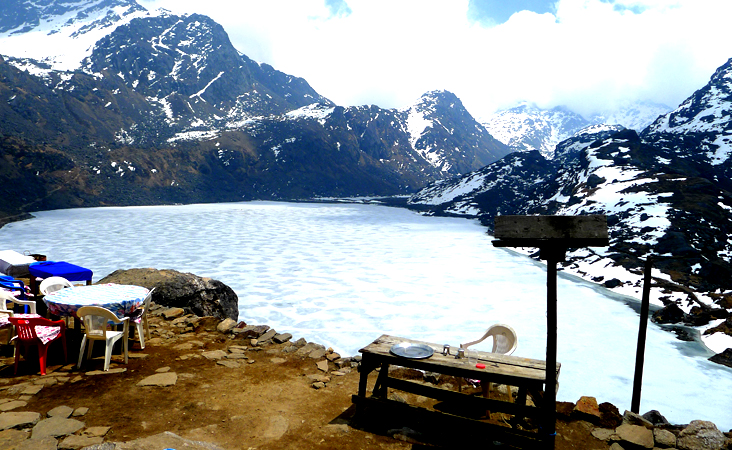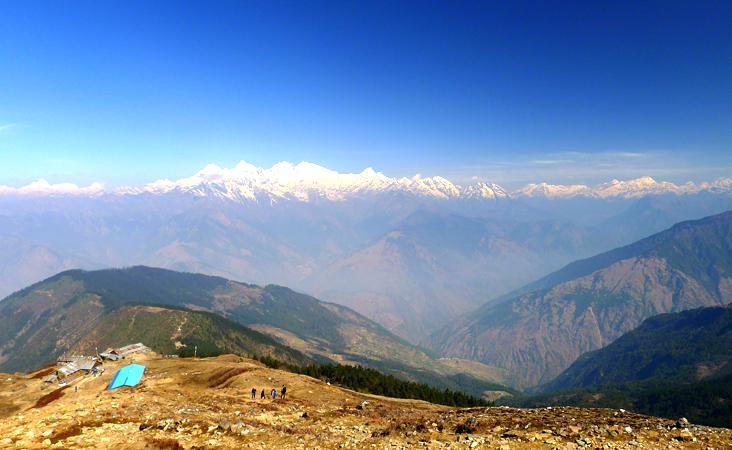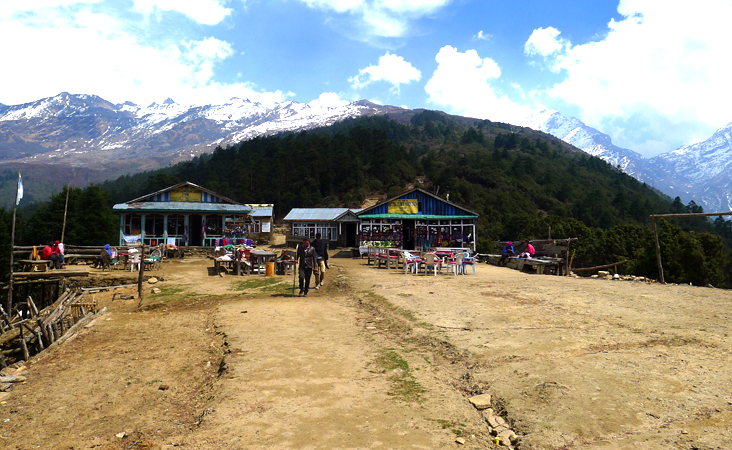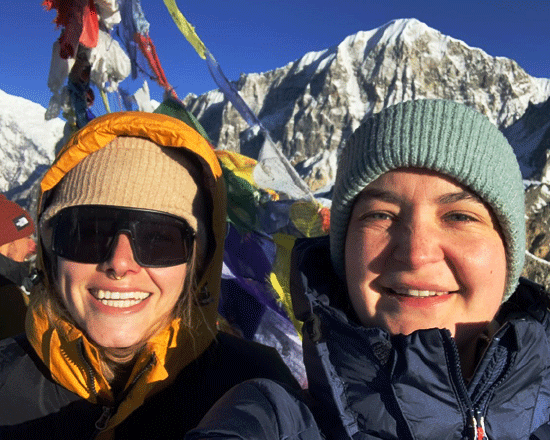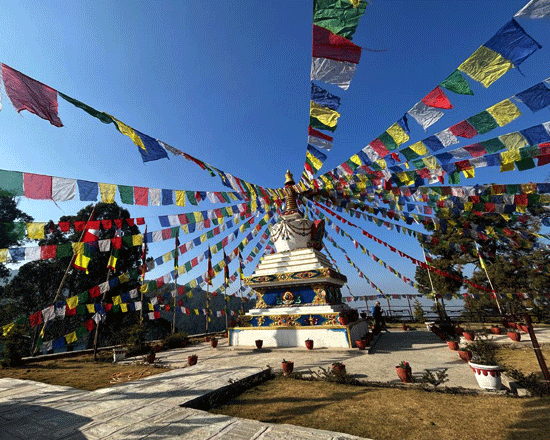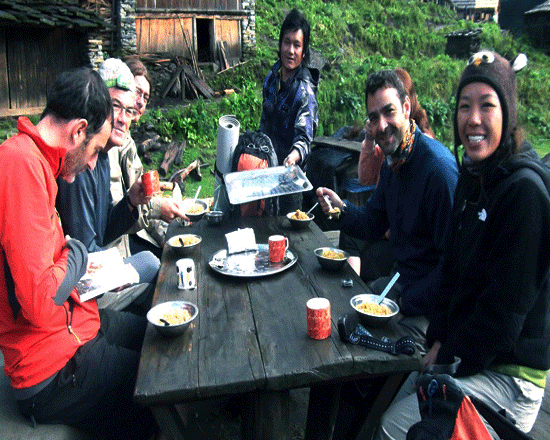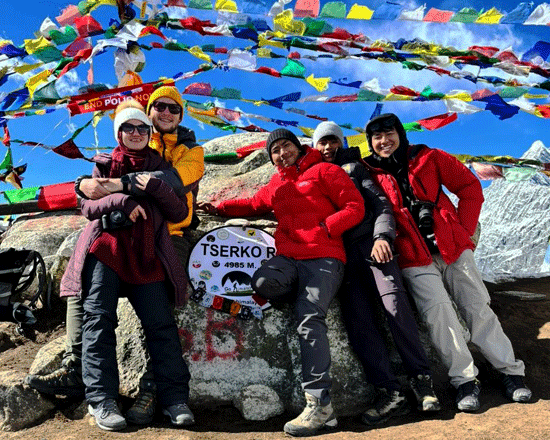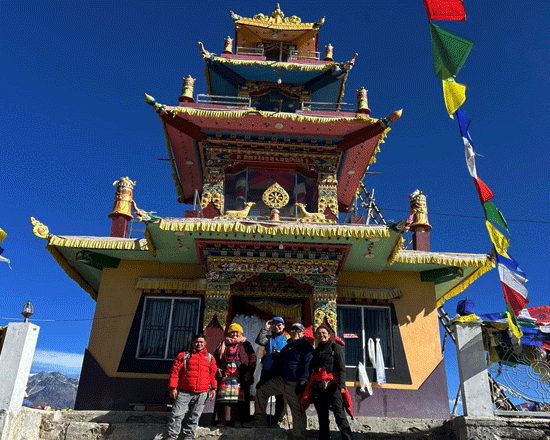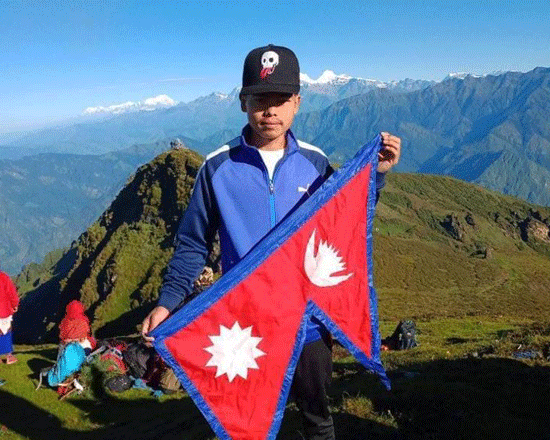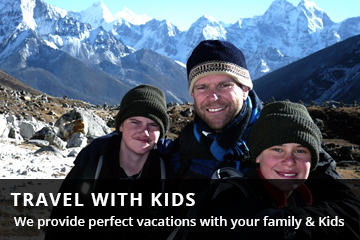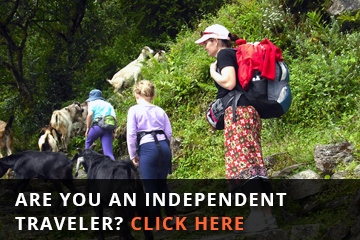Gosaikunda Trek
Gosaikunda Trek
Langtang RegionTrip Facts
Since the terrain can be hard and the days long, hikers on these treks should be in good physical condition and have some previous mountain walking experience. Steep climbing may be involved, although it is never necessary to use ropes. Treks at this level can he arranged for periods of 16 to 21 days. Typically, a gradual ascent through a green river valley will lead you up to a number of high passes, where you will reach the altitude of 5416m. Often times, you will get a close insight into the Tibetan culture. Participants should expect to trek above 5416m/17872ft.
Mode of Travel : Land100%
Overview
Beautiful lakes Gosaikunda Trek 7 days Itinerary
The Gosaikunda Trek winds to the revered Gosaikunda Lakes in the Langtang region proximate to Kathmandu, Nepal. Spanning approximately 6-7 days, this journey presents a moderate challenge, encompassing numerous steep ascents and descents along the route.
The Gosaikunda Trek begins its journey in Dhunche, approximately a 7-hour drive from Kathmandu. From there, hikers traverse a well-marked path winding through verdant forests, picturesque villages, and terraced fields. Along the route, breathtaking views of snow-capped Himalayan peaks like Langtang Lirung, Ganesh Himal, and Dorje Lakpa grace the horizon.
Significance
Gosaikunda holds deep spiritual significance for Hindu pilgrims and practitioners of shamanism, Bon Po. According to legend, immersing oneself in the sacred waters of Gosaikunda Lake can purify one of pain, sorrow, and transgressions.
Additionally, the Gosaikunda Trek Lake holds religious significance in Hindu beliefs. Legend has it that the god Mahadev, grieving the loss of his wife, struck a rock with his divine staff, causing water to flow and form the lakes. Despite natural explanations for their formation, the lakes remain deeply associated with spiritual devotion. During the full moon day of September (Janai Purnima), a large number of domestic and Indian pilgrims visit Gosaikunda Lake. Throughout the rest of the month, only a few trekkers venture to the lake via the Helambu route and proceed to Langtang Valley.
Distance from Kathmandu to Gosaikunda Lake
At an elevation of 4,380 meters above sea level, the Gosaikunda Lake Trek attracts adventure enthusiasts to its sacred waters. Set in the middle of a stunning landscape, the area features neatly terraced slopes, villages inhabited by the Tamang ethnic group, varied wildlife, and a rich array of flora and fauna. Moreover, the breathtaking vistas of the encircling mountain range add to the trek’s allure.
The direct distance from Kathmandu to Gosaikunda Lake is 67.5 km, and it usually takes about seven days to cover the 32.4 km distance from Sundarijal, Chisapani to Gosainkunda.
Highlight of the Gosaikunda Trek
The main highlight of the Gosaikunda Trek is undeniably the sacred Gosaikunda Lakes, cradled at an altitude of 4,380 meters. These holy waters hold profound significance for both Hindus and Buddhists, embraced by towering peaks and icy glaciers. Immersing oneself in the refreshing, brisk waters of the lakes while being enveloped by the awe-inspiring Himalayan panorama evokes a memorable sense of wonder.
Moreover, the Gosaikunda Trek offers precious opportunities to connect with the warm and welcoming locals, delving into their unique way of life. Nestled within the region are vibrant communities of Tamang and Sherpa, celebrated for their deep cultural roots and distinctive traditions. Exploring the scattered monasteries and gompas throughout the area provides a profound encounter with the peace and spiritually charged atmosphere they radiate.
Best Himalaya View
During the Gosaikunda Lake Trek, Lauribunayak is the best spot for the scenic Himalayan view of all of Langtang Valley Mountains, Ganesh Himal, Manaslu, Sishapangba, and Paldor Peak. The Chandan Bari to Gosainkunda distance is a bit tough ascent to the climbing hill Lauribinayak, at this hill, most trekkers feel altitude sickness.
The Nepal wilderness trekking agency offers professional guides and porters who know the flora and fauna of the Gosaikunda Trek territory as well as the trails, mountains, cultures, and the people of the area. Our package cost is competitive when compared to the 7-day itinerary overview on our website, and there is no hidden cost in comparison to the listed blogs.
Historical Context
Accommodation:
As Gosaikunda Trek trails have well-managed facilities and lodges at every place, as well as a western menu system of foods, so there is a variety of meal options that we can provide. In the tea house lodge community, each year, the meal price is changed by a substantial amount.
Trails and Risk
Ascents from Chandanbari, Lauribinayak to Gosaikunda are moderately steep, and some trekkers have experienced high altitude sickness during the Lauribinayak ascent. Just around two hours is a killer ridge climb. The rest of the place is made up of easy-to-moderate trails.
Alternative Routes
The Gosaikunda Trek Alternative route begins from Sundarijal to Gosainkunda or Gosainkunda to Sundarijal via the Suryabinayak pass. if you have more extra days, then also doable Langtang Helambu circuit via the Gosaikunda Lake trek 11 days, covering more landscape Helambu region trek and crossing the Shivapuri National Park.
Best season to do the Gosaikunda trek
The best time to go on the Gosaikunda trek is from October to December and March to June. There is a pilgrimage festival taking place every year on the full moon day of July/August in Gosaikunda Lake, believed to be the holy lake of this area.
Overall, the Gosaikunda Trek is a great option for those who want to experience the natural beauty and cultural richness of the Langtang region and the stunning alpine scenery of the Gosaikunda Lakes. The trek is moderately challenging and requires a good level of fitness and trekking experience.
Transportation to Dhunche – Syabrubesi, there is a Tata Sumo sharing jeep available from Kathmandu to Dhunche or Syabrubesi.
Detail Itinerary
- Day 1: Drive from Kathmandu (1,400m) to Dhunche (1,960m) The journey begins with a scenic 6–7 hour drive from Kathmandu to Dhunche, the gateway to the Gosaikunda region. The road winds through lush green hills, local villages, and follows the Trishuli River.
Overnight in Dhunche. - Day 2: Trek from Dhunche (1,960m) to Chandanbari / Sing Gompa (3,330m). Today’s trek climbs gradually through dense forests of oak, pine, and rhododendron. You’ll pass through Deurali and Dimsa before reaching Chandanbari, a peaceful village known for its monastery and yak cheese factory.
Overnight in Chandanbari. - Day 3: Trek from Chandanbari (3,330m) to Gosaikunda Lake (4,380m). A long and rewarding day. The trail climbs steeply to Lauribina (3,910m) and continues across rugged alpine terrain. The panoramic views of Langtang Himal, Ganesh Himal, and even distant Annapurna ranges are stunning. Upon arrival, explore the sacred Gosaikunda Lake and the surrounding holy lakes.
Overnight in Gosaikunda. - Day 4: Trek from Gosaikunda (4,380m) to Chandanbari (3,330m). Retrace your steps back down through Lauribina to Chandanbari. The descent is easier and offers incredible views.
Overnight in Chandanbari. - Day 5: Trek from Chandanbari (3,330m) to Dhunche (1,960m). Descend through beautiful forest trails and Tamang settlements to reach Dhunche. Enjoy the final trekking day with a relaxed pace.
Overnight in Dhunche. - Day 6: Drive from Dhunche (1,960m) to Kathmandu (1,400m). After breakfast, take a jeep or local bus back to Kathmandu, concluding your unforgettable Gosaikunda adventure.
End of the trek.
Cost Included
- Kathmandu/ Dhunche/ Kathmandu by Local bus / Share Tatasumo jeep.
- Italian, Chinese, Nepali, and Indian, delicious Meals three times a day (Breakfast, lunch, and dinner).
- Langtang(Gosainkunda) national park entrance permit and TIM's card.
- Experienced English-speaking trekking guide licensed by the government, familiar with the area.
- One porter for every two to three participants. (Note: An additional cost applies for solo clients requiring a porter.)
- Guide, Porter's food, lodge, bus transportation, salary, insurance, equipment, etc.
Cost Excluded
- Hotel in Kathmandu
- Personal equipment
- All beverages, Soft and hard table drinks such as Coke, beer,
- drinking water/mineral water, etc., during the trek.
- dessert, etc
- Hot shower, laundry
- personal insurance
- Tip for the guide and porter.
- Excluded are all costs and expenses not listed under "cost includes."
- Inclusion of costs or delays beyond the control of the management, such as landslides, weather conditions, itinerary modifications due to safety concerns, illness, changes in government policies, strikes, etc.
| Trip Dates | Trip Price | Confirmed Pax | Trip Status | |
|---|---|---|---|---|
| Fixed Departures will be added soon! | ||||
Trip Map
